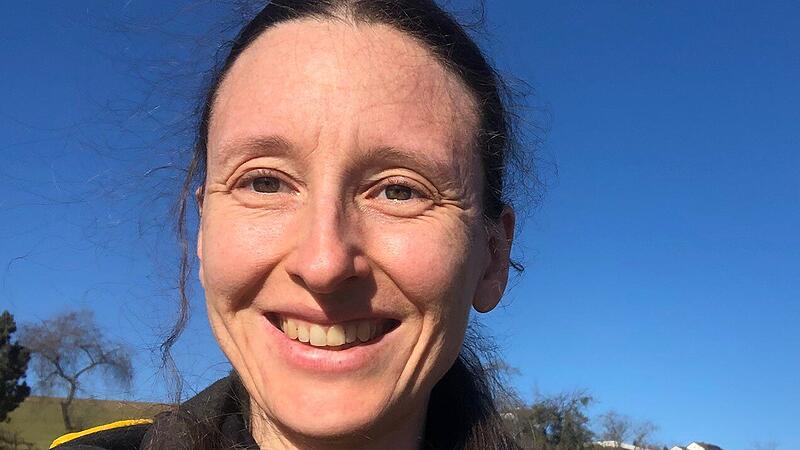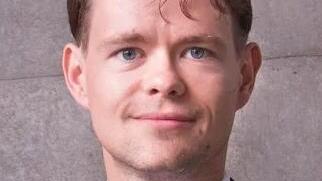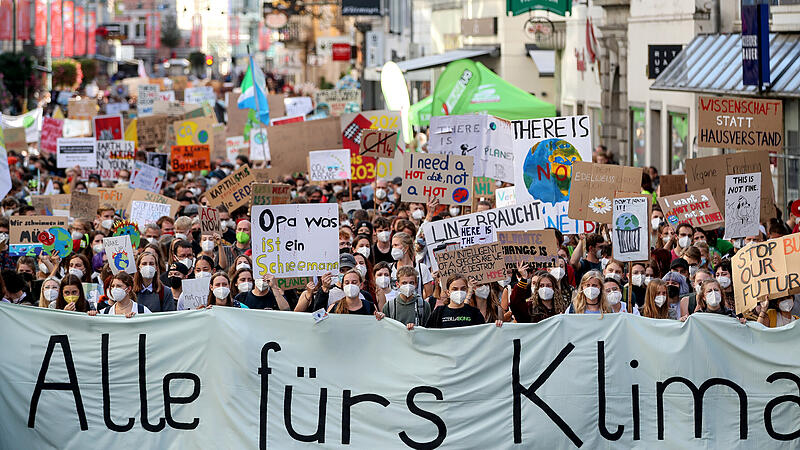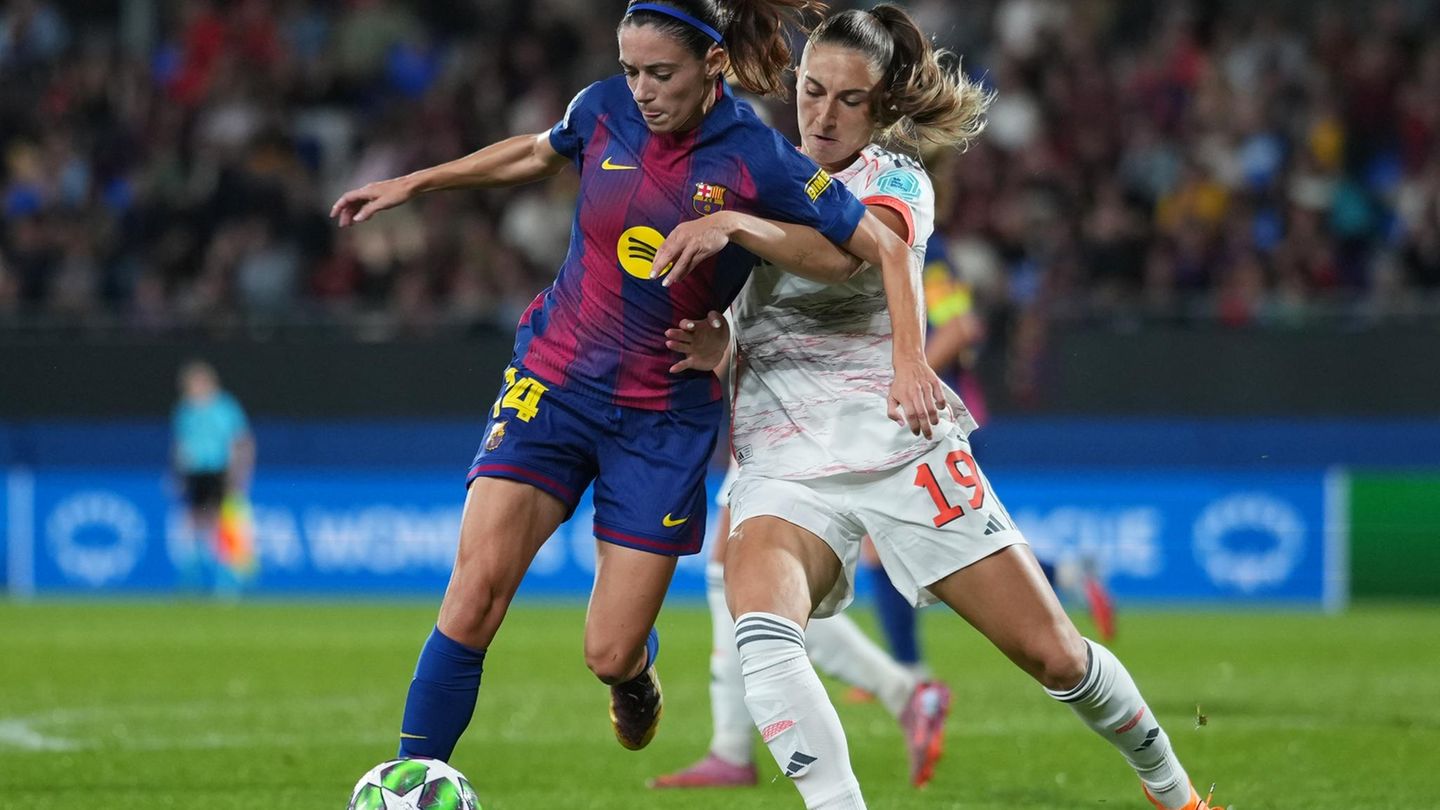There is no planet B,” was the large lettering on the Fridays for Future banners during the international climate strike on March 25. A movement with which the Swedish climate protection activist Greta Thunberg originally wanted to mobilize the younger generation in 2019. Yes Within a short time, other groups were established alongside the youth movement, who take to the streets together and who share one concern: how can we work together to avert the climate crisis and create a future worth living in?
“At the beginning of the Fridays for Future movement, we young people would not have thought that the initially small strikes would bring so much encouragement from the other generations over time,” says Lea Moser. The 16-year-old student is one of the organizers of Fridays for Future in Upper Austria and as such is enthusiastic about how many people are now involved in the climate demonstrations in Austria – regardless of age. “In addition to the parents and teachers, the ‘Grandparents for Future’ have now also established themselves as a group. Many grandparents say at the climate demos: ‘If only we had done something earlier.’ It is not essential to look for someone to blame now. But the common idea is a ray of hope for us, because only together can we still achieve the climate goals – this is our last chance now,” says Moser.


“Can we still do it?”
Lea Moser hears this question again and again: “Some still have hope, others are already resigned – especially when you look at the current climate report.” The most important thing for the organizer is to raise awareness in all areas of society: “We are heading for the greatest catastrophe, and not just in the past three years, but for decades,” says Moser. “I want to grow up in a world worth living in.”
Sandra Weilnböck’s goal is to fulfill this wish for her three children as well. The 36-year-old radiology technologist at the Ordensklinikum in Linz has been involved in the Parents for Future movement from the very beginning. “My children very quickly asked the right questions about environmental protection and animal welfare. At the latest when my then six-year-old son said he didn’t want to hurt the animals, that gave us food for thought with regard to nutrition and the connection with the climate catastrophe,” says Weilnbock.


Political cooperation in the crisis
Weilnböck is convinced that the climate crisis can create a sense of togetherness in society. “Up until now, every generation has used the suppression tactic: let others take care of it. Now, however, many people are thinking. It’s about the future of our children, but I too would like to enjoy a nice pension when I’m old. If we don’t achieve our climate goals, it will hardly be possible,” says the radiology technologist.
But the climate crisis should not only connect generations, but also enable political coexistence. “What many often forget: environmental protection is more than just the party program of the Greens. The climate crisis must not have a political color, but should unite all parties. Because the issue is only attributed to one party, everyone else is on the brakes,” says Weilnbock.
The socio-political relevance of climate protection is also becoming more important in the field of education. In addition to the young people, numerous teachers and scientists have joined the Fridays for Future movement. “We educators have observed how the young people have picked up speed on this topic and wanted to integrate this into everyday school life. Whether through lectures by experts, workshops or with the help of students as climate peers,” says BHS teacher Hannes Hohensinner from the teachers for Future.
Together in schools and universities
In joint discussions on how the school can be made climate-neutral, a great deal of cooperation is also created here. “Normally there are worlds between first graders and high school graduates. But the topic of climate protection unites cohorts as well as teachers and parents, who we want to get on board,” says Hohensinner.
The scientists who support the movement of young people on the streets as Scientists for Future see it similarly. “More than 26,800 scientists from German-speaking countries are involved. I work as a professor at the Johannes Kepler University in Linz, and together we organize lecture series to raise awareness among students and teaching staff,” says Martin Hoffmann from the Scientists for Future.
Many professors are already designing their courses with the crisis in mind. “For example, business studies are still very conservative. It is particularly important here to make it clear to students: where do we want to go in business in the future and how can we actually achieve these goals? This can only be achieved through cooperation, where solutions can be found.” , says Hoffman.


The series “Together” shows what holds us together. “Together in life” – from patchwork families to team sports. Or “togetherness in times of crisis”, for example in refugee aid. But solving the climate crisis is also a question of working together.
Source: Nachrichten




